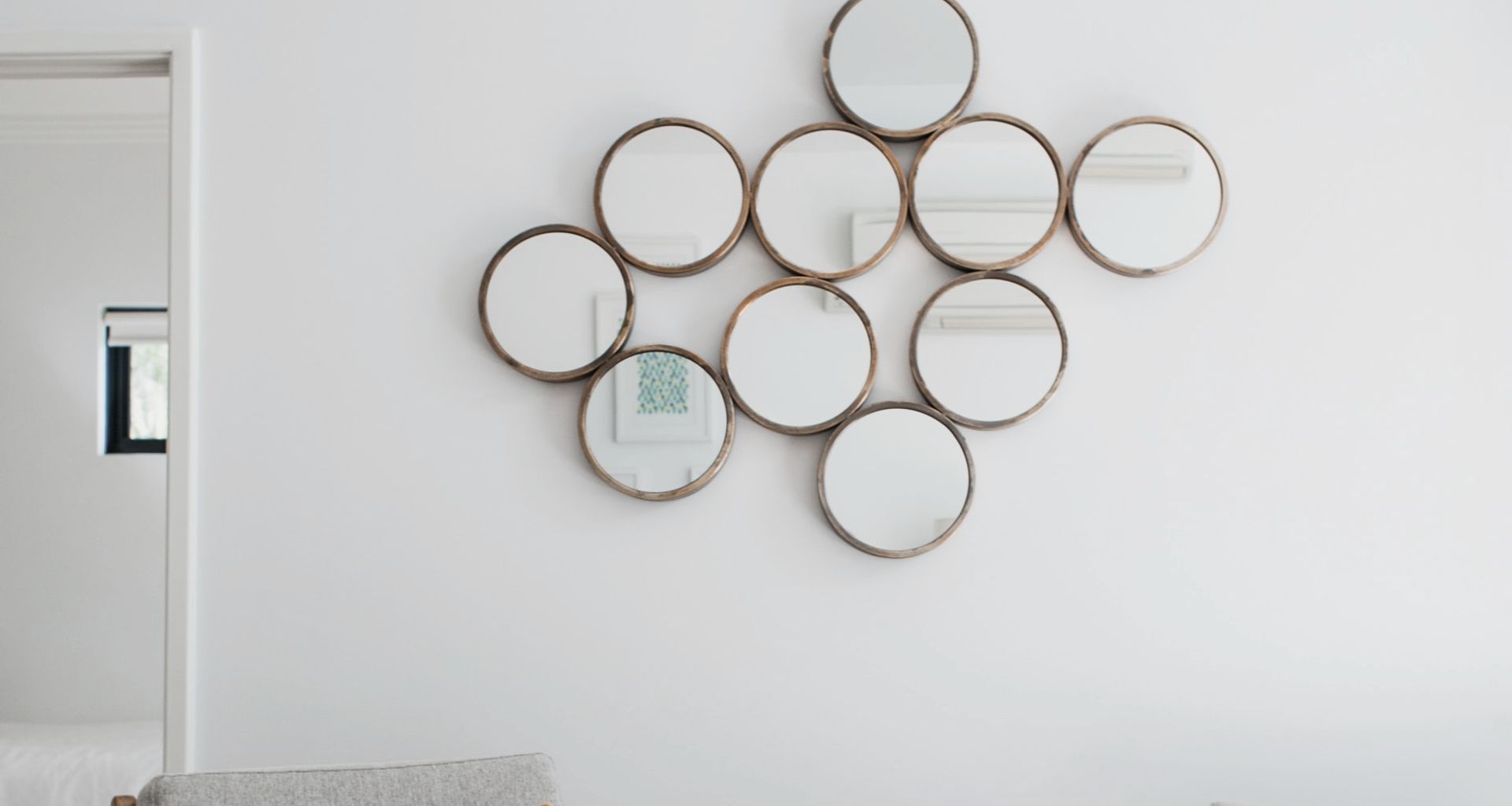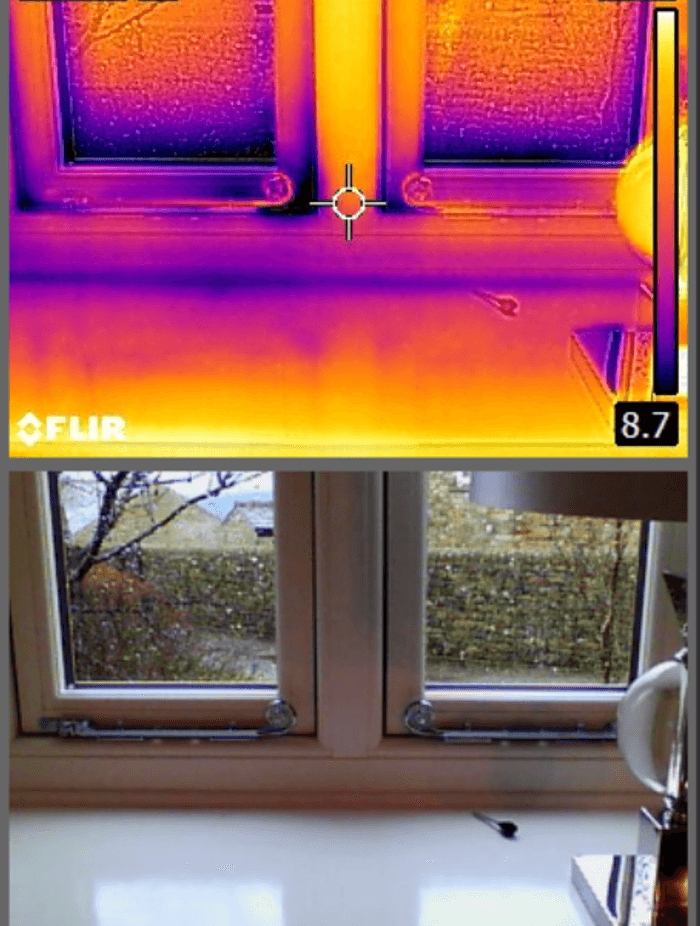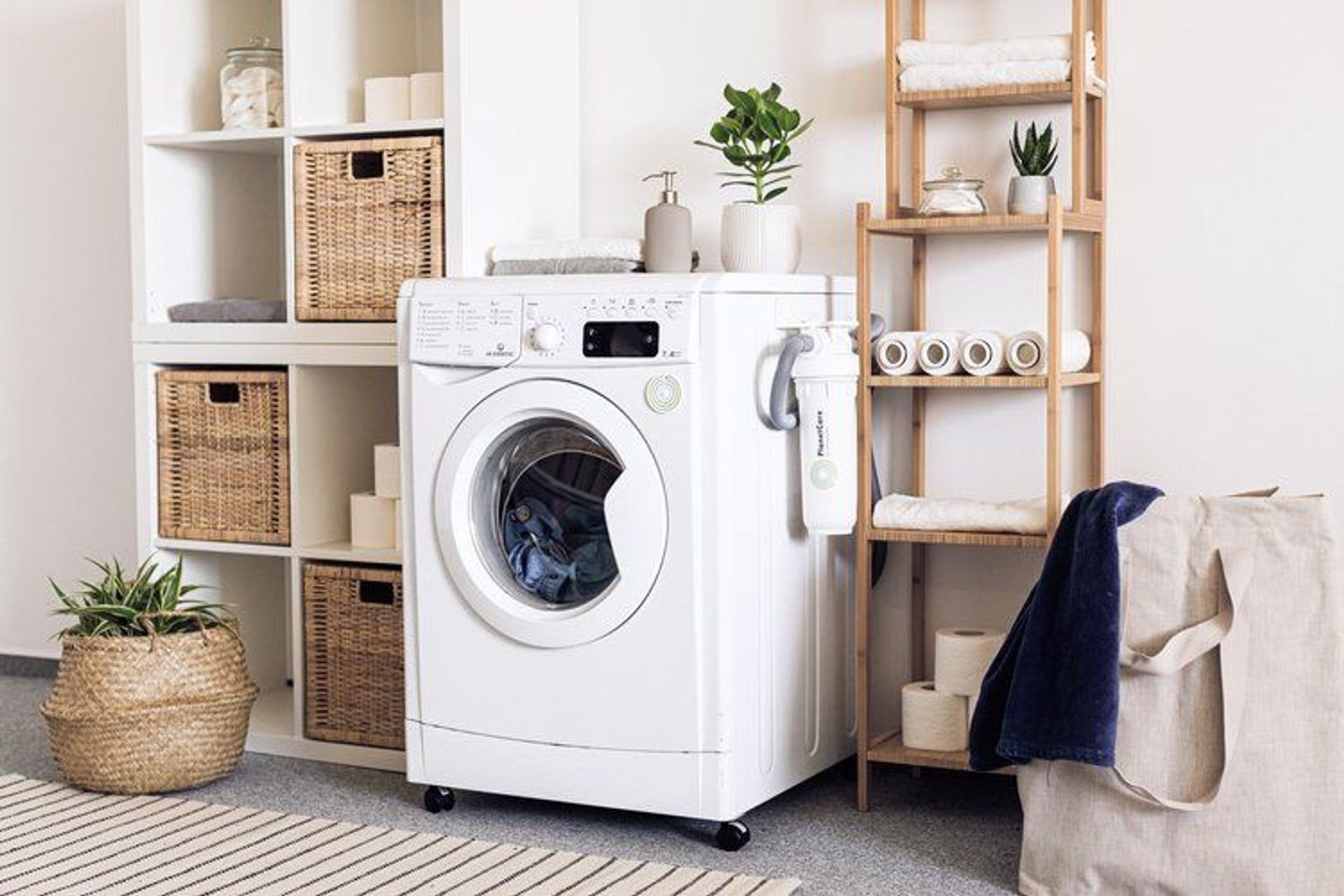How can you stay warm this winter?

1. CHECK HOW AIRTIGHT YOUR HOME IS…

Whether you are a new or existing homeowner or in the final stages of completing that new dream build or renovation, airtightness testing is a relatively simple and cost-effective way to help identify how leaky your home or space is. No matter if your home is 40 years old, or is in its final stages of construction, testing offers solutions to both new and existing homeowners.
Why bother getting a test? Well, it can:
- Identify air leakages to minimise your heating and cooling bills;
- Reduce dust + poor air quality infiltration when air leaks are fixed;
- Stop those creepy crawlies & rodents from getting in;
- Maximise occupant health, safety and comfort;
- Reduce sound transmission, from the outside into your home;
- Identify potential missing insulation or thermal bridging issues (through thermography imaging).
Get in contact with our in-house airtightness specialist, Darren Harris, at air@suho.com.au for a quote or call us on 1300 308 525.
2. OPTIMISE YOUR HOME’S ENERGY EFFICIENCY
Our residential consulting team is available to look at your concept design or current floor plan and assist you with upgrade pathways to a more energy-efficient home. Small changes such as; shading to windows, changes to your roof colour, increasing the insulation R-Value to the external walls and roof, and sealing ceiling penetrations; can all have an overall positive outcome on your home's performance.
Our top tips include:

- Consider small renovations to optimise your home's energy efficiency;
- Build with Passivhaus principles to heat and cool your home passively via the sun and the building’s materials: concrete floor/insulation etc.
- Consider having doors and windows upgraded - especially south-facing windows - to a lower SHGC and U-Value or upgrade to double-glazed windows;
- Update lighting fixtures / bulbs to smart / LED / energy efficient;
- Update your home with solar, wind or other renewable energy sources.
You can contact the team at residential@suho.com.au or call on 1300 308 525 for more information on our services.
3. CHOOSE ENERGY-EFFICIENT APPLIANCES
According to the Department of Industry, Science, Energy & Resources, household appliances equal around 30% of your home's energy use. There are many comparison sites and calculators available online to help you make the best choice for your needs and budget. Implementing these energy-efficient electronics can result in lower power bills and energy usage.
Here are some suggestions:
3. CHOOSE ENERGY-EFFICIENT APPLIANCES
According to the Department of Industry, Science, Energy & Resources, household appliances equal around 30% of your home's energy use. There are many comparison sites and calculators available online to help you make the best choice for your needs and budget. Implementing these energy-efficient electronics can result in lower power bills and energy usage.
Here are some suggestions:

- Choose a reverse cycle / HVAC system that suits the size of your home. Each company should have a calculator which takes into account the home m2 area by room and in total, as well as whether a room is shaded or sunny and then recommends the size and kW unit your home needs.
- Do your research on fridges / dishwashers / washing machines / small appliances (all electrical appliances) and compare their energy ratings before purchasing.
- Choice and Canstar Blue are helpful sites that have already done this for you.
This month we’ve also provided some helpful tips and tricks outlining cost-effective ways to reduce your energy bills!
